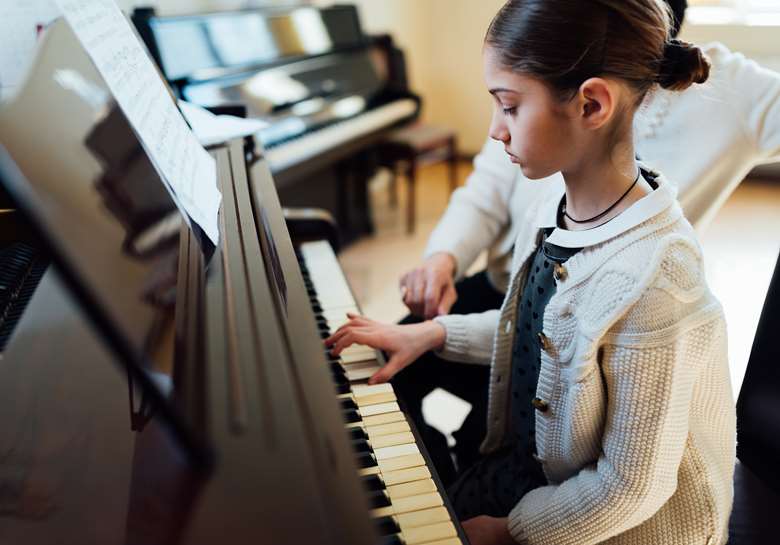ABRSM issues ‘warning’ over music teacher numbers in new report
Harriet Clifford
Tuesday, November 30, 2021
The data shows that there is more work for music teachers in the system at the same time as a reduction in people taking music lessons.

Artranq
UK exam board ABRSM has published its Making Music 2021 report, collating data on learning, playing and teaching music in the UK.
Of the 1,503 children and 1,505 adults who responded to the survey, 86 per cent of the children and 43 per cent of the adults said that they are actively making music.
However, the data suggests that the number of music teachers may be declining, as there is more work available for teachers in the system, but there are less people taking music lessons.
The data shows that there has been a decline since 2014 in children and adults playing musical instruments (15 per cent and 20 per cent respectively) and a fall of 11 per cent in children taking instrumental lessons.
ABRSM’s introduction states: ‘It appears that the music teacher population may be declining at a greater rate than those wishing to take lessons.
‘If so, this should also be seen as a warning – that on its own could threaten the UK’s prominent global position as a leading music nation in years to come.’
Pre-pandemic data
Previously published in 1994, 1997, 2000, and 2014, the latest report presents the responses to surveys conducted largely in 2020, prior to the pandemic. An additional section on digital teaching and learning, and music making during lockdown, has also been included.
The report covers whether and how people are making music, digital music making, how music is being taught, and how we can make progress in music.
Survey responses suggest that less than 25 per cent of learners go on to have formal music lessons after group music lessons at school, with 71 per cent of teachers saying that the cost of music lessons is a barrier for learners.
It was also found that children and adults from ‘the richest’ households are 2.5 times more likely to take music exams than those from ‘the poorest’ backgrounds, and people from wealthier households are 1.4 times more likely to play a musical instrument.
‘Not translating’
In its introduction, the Associated Board of the Royal Schools of Music highlights a general trend over the last 27 years of ‘dramatic increases in participation’, but acknowledges that the numbers of children making music up until the ages of 11 and then 13 are ‘simply not translating’ into ‘sufficient numbers’ of young people continuing to study music.
The report asks, ‘Is there an image problem for music, is it not supported well enough by school leaders, or is it not seen as important enough as a subject of study by students and parents?’
ABRSM chief executive Chris Cobb said: ‘ABRSM Making Music 2021 shows how an incredible 86 per cent of children are actively making music today but we cannot ignore the very clear challenges which the latest report also sets out.
‘It is down to all of us in the sector to now build on this enthusiasm for music, and the tangible energy and optimism across many areas of music education right now, to meet the needs of today’s learners – whether they want to learn in a classroom, in a community hall or alone at home.’
He added: ‘We must work together as a music education sector to reflect this and, even as we are all facing rising costs, find ways to overcome the fundamental and deep-seated barriers that stop people accessing music learning in the first place.’
The 2014 report investigated the impact of the National Plan for Music Education (2011). A refreshed National Plan is due in the new year.
Read the report here.




